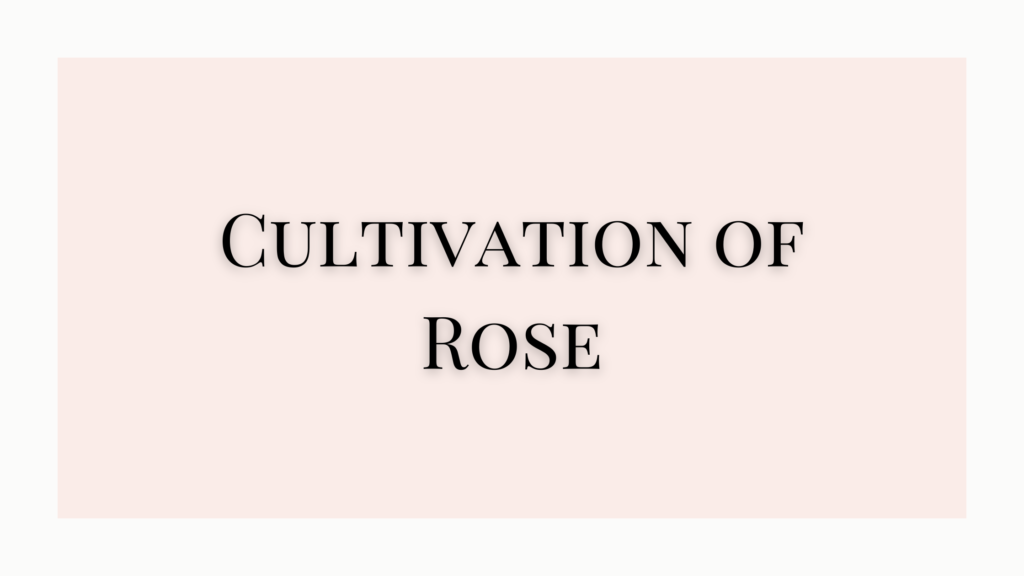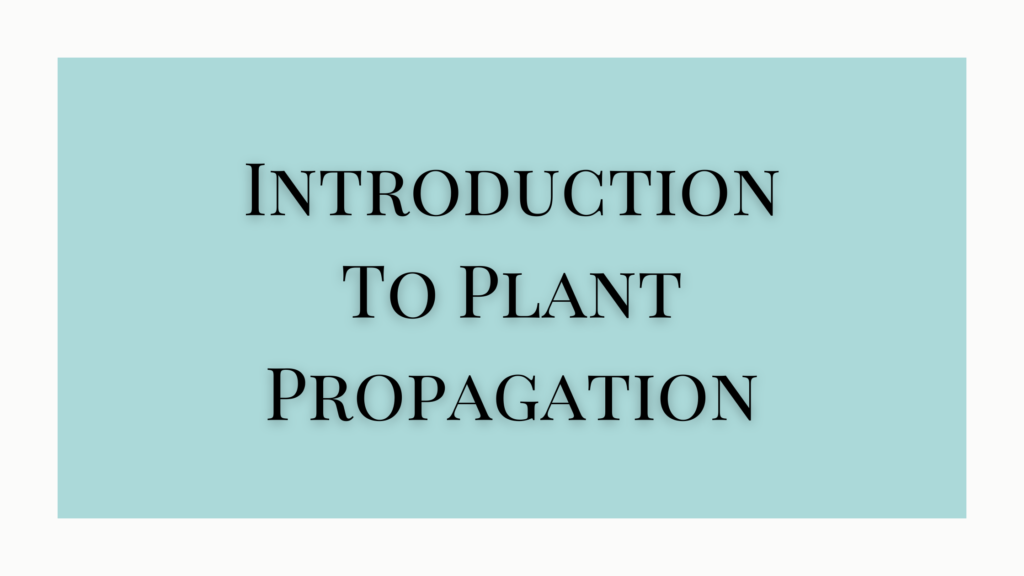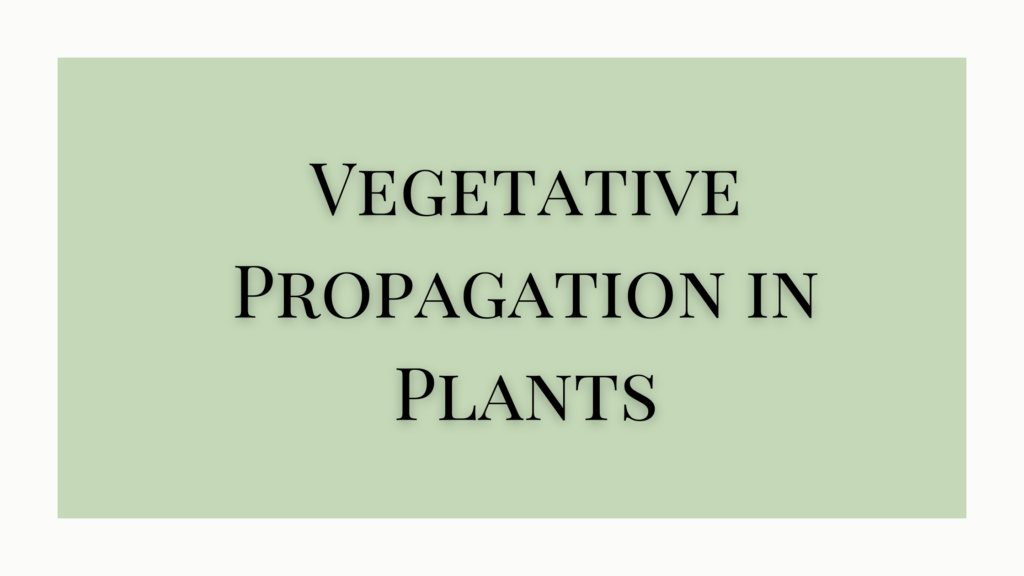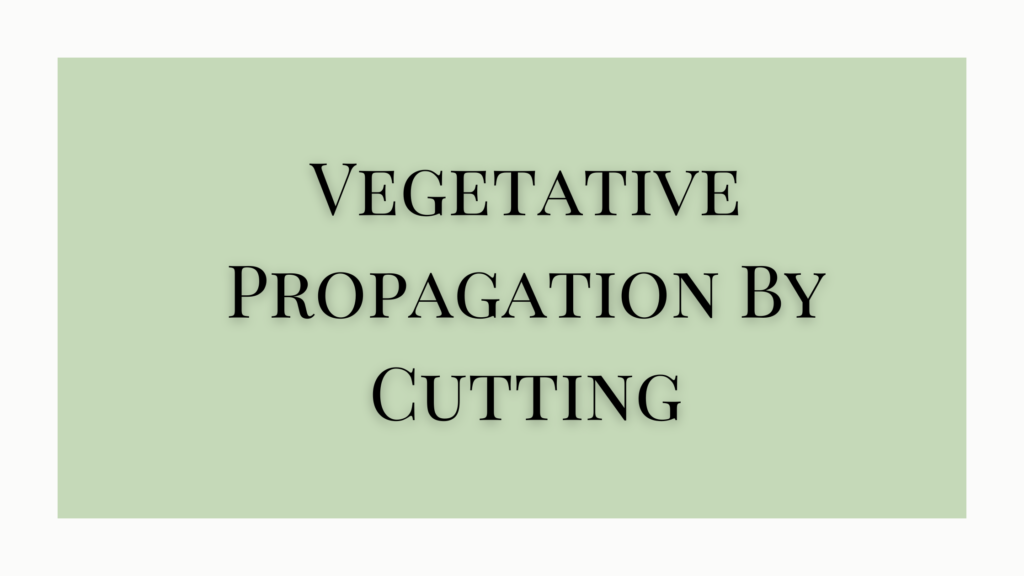Rose is the most popular and beloved of all flowers. No other flower surpasses it for its beauty, color, and fragrance. Cultivation of rose plants is one of the best options for income. It has grown all over the world and throughout the years.
Most rose plants are shrubs, some are climbers, trailers, and a few small trees as well. Cultivated roses are of two categories.
- Shrubbery plants used for general landscaping
- Horticultural types are grown for their flowers.
Cultivation of Rose Plants
Cultivation of roses uses different methods of propagation such as cutting, layering, grafting, tissue culture, etc. The popularly used varieties are hybrid varieties, floribunda, perpetual, ramblers, etc.
Planting of Rose Plants
Mid-June to February is the best time to plant rose plants. However, depending on the soil type, this could vary from one place to another. Most rose varieties grow well in ground beds with plenty of sunshine and air.
They can also be grown in pots with a minimal size of 25-30 cm diameter. The pots must have proper drainage.
When growing in-ground beds, hybrid varieties must be planted 60 cm apart, floribundas 60-75 cm apart, and miniature ones 30-45 cm apart.
Rose plants do not have a special preference when it comes to soil type. Red soil with a good proportion of decomposed horse manure or compost, and a little bit of clay with sand would be an ideal potting mix for rose plants.
Manuring
For ground beds, two handfuls of the bone meal are added for every square meter. For pots, half a handful is sufficient. Bone meal stimulates blooming and promotes growth as well as root formation.
Using nitrogenous and phosphatic fertilizers helps in improving the quality and quantity of the flowers. They are used 40-45 days after planting. Complete rose mixes that are ready-to-use are also available in the market. Micronutrients in the form of sulfates- of manganese, magnesium, and iron, are also provided occasionally.
Liquid manures from fermented oil cakes are diluted and applied at the emergence of flower buds until their opening at a dosage of 2-3 liters per square meter.
Watering Rose Plants
Rose requires soft water provided uniformly. The general rule here is to keep the soil moist and not wet.
Pruning of Rose Plants
The pruning of rose plants encourages them to develop strong and heavy stems. The type of pruning and how much to prune depend on the type of garden, purpose, and the size of the flowers.
Hybrid varieties grown for flowers require severe pruning. Climbers require very little pruning and are pruned immediately after flowering.
During pruning stems that bear flowers are removed frequently to facilitate the development of new shoots which produce flowers the following year.
In addition to pruning, pinching the terminal parts is done to promote more shoot growth. Moreover, the disbudding process, or the removal of early buds in the plants is also practiced. Disbudding results in more vigorous growth and production of quality buds as well.
Propagation of Rose
Grown rose plants are further propagated through cuttings, grafting, or budding. The rootstock is selected based on the climatic conditions and the type of plant. Although grafting is a popular method of propagation, most commercial cultivation of roses relies on the budding method.
Disease Control in Rose Plants
Die-back disease, black spots, and powdery mildew are the common diseases of rose plants. DIseases mostly occur during the winter months. Prompt removal of the affected parts of plants prevents the spread of die-back disease. the other diseases are controlled by using insecticides.
When the shoots are 5-10 cm long and new leaves emerge a combined mix of insecticide and fungicide is sprayed which continues at an interval of 10 days. It is not ideal to wait until the plant gets infected to use this mix. It is equally important to keep the surroundings clean and dry to prevent any kind of infection or infestation.




